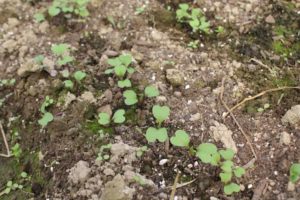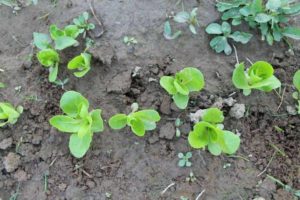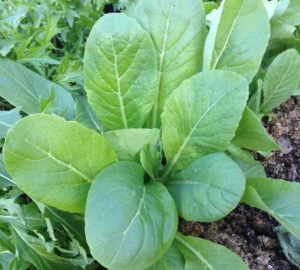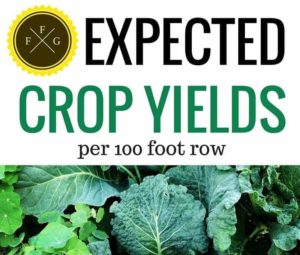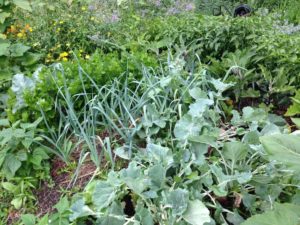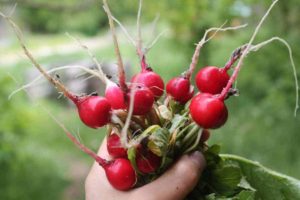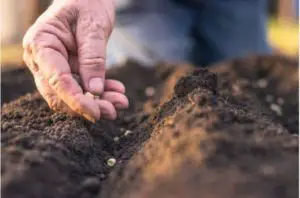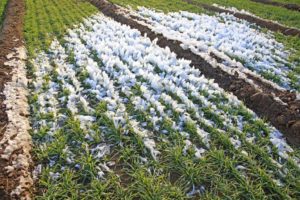Crops aren’t sown at the perfect distance apart, so you need to thin seedlings out. What does that mean?
Thinning out your seedlings simply means removing them from the ground so the surrounding plants have the space to grow.
How to Thin Vegetable Seedlings
- Read the seed packet to know the recommended distance so the plant can reach maturity.
- Use a ruler to make sure the distance is correct. After years of gardening I ‘guess’ rather than measuring exactly.
- Choose the larger seedlings with more leaves if you want to eat the thinnings. Leave the smaller ones to grow larger.
- If you care more about harvesting the larger-sized crop, and are just composting the plants, then leave the larger ones as they’ll mature faster. This is the case with crops like radishes or beets.
- Remove the seedling gently from the soil, especially if the crops are very close together to reduce soil and root disruption. You might have to hold down the one you want to stay in the ground so it doesn’t pull up too.
- Crops like kale or lettuce that you grew for baby greens in the spring, can be transplanted into another garden bed.
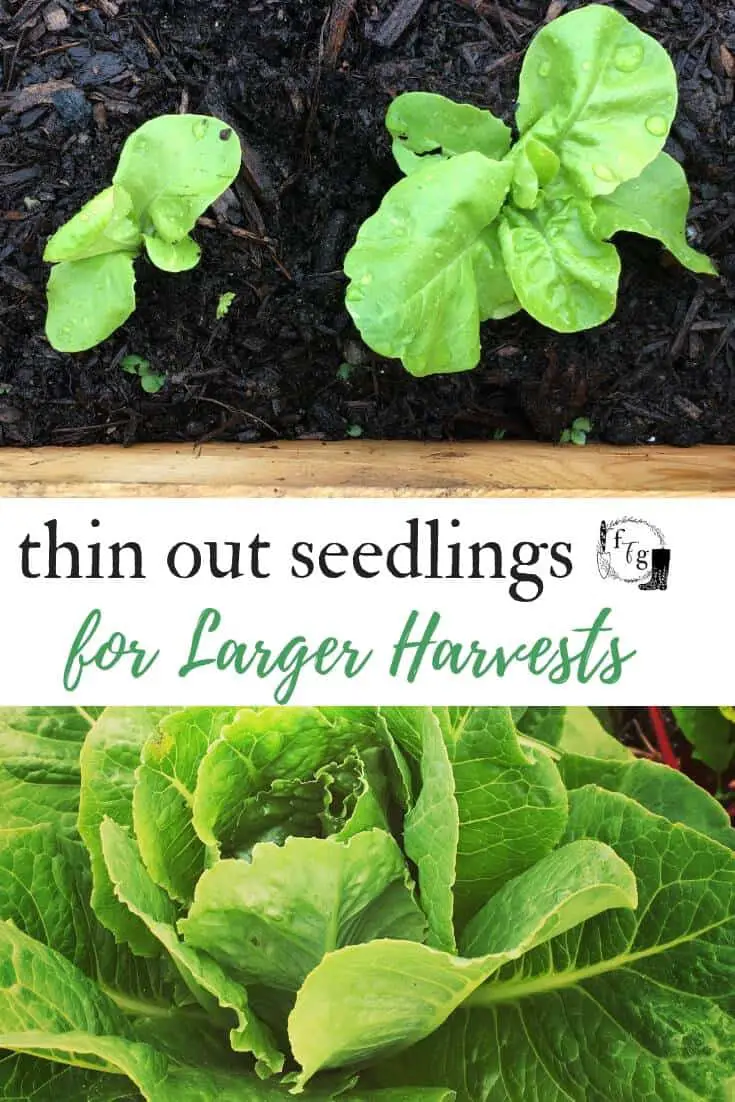
It’s important to thin out seedlings. Do you carefully measure every little seed in your garden when sowing?
I definitely don’t as we grow food on a large-scale with little ones a foot! If you sow your crops too far apart, or if the seeds were older or have poor germination rates you’re wasting valuable garden space with empty spots of dirt which can encourage weeds.

Not thinning out your crops is a common beginner mistake because many are too scared of ‘killing’ a plant.
This results in little or no harvests, or poorly growing crops that struggle to mature in the right time frame. There are many thinnings (thinned out seedlings) you can eat though, and if not they make great compost green matter or fresh food for the chickens. However there are crops that you can sow densely to gain more harvests and maximize garden space.
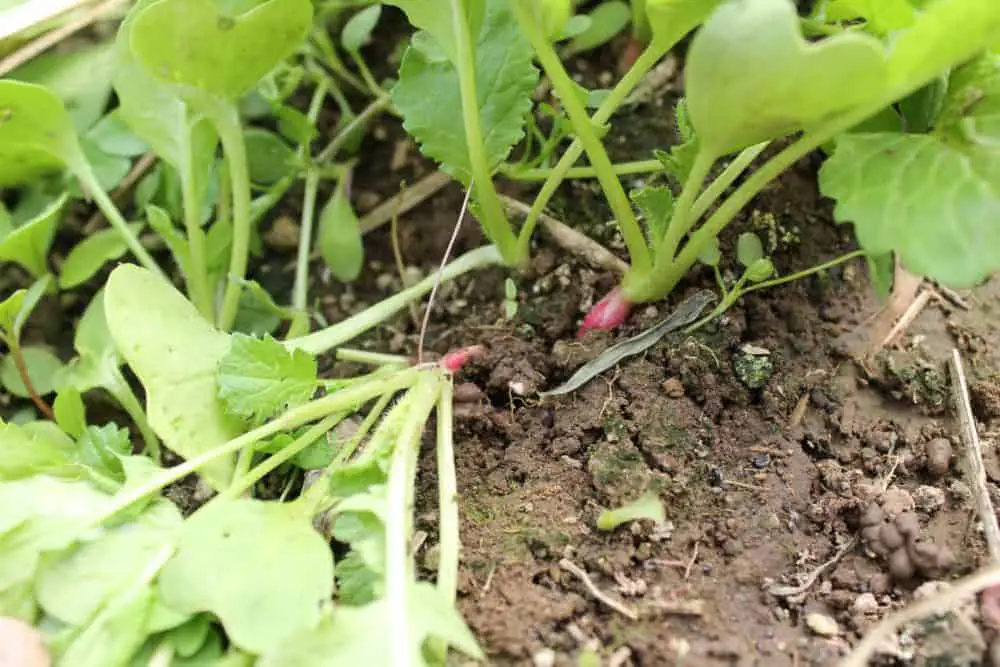
Edible Thinned Out Seedlings
- Lettuce
- Spinach
- Arugula, mustard greens
- Roots with leafy tops like beets, turnips or radishes
- Mesclun greens
Thinning seedlings without killing them seems hard, but if you follow the above instructions, your harvests will be larger and healthier.

